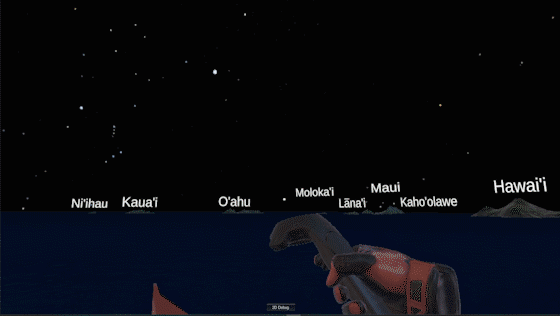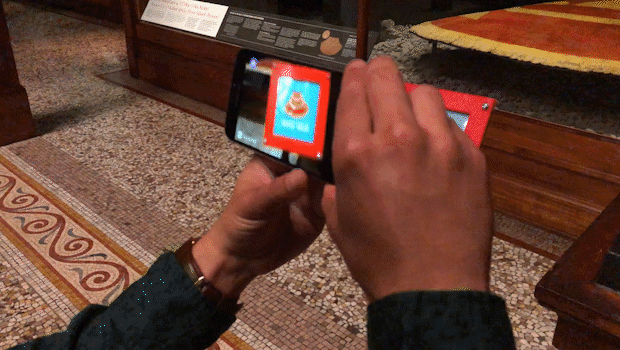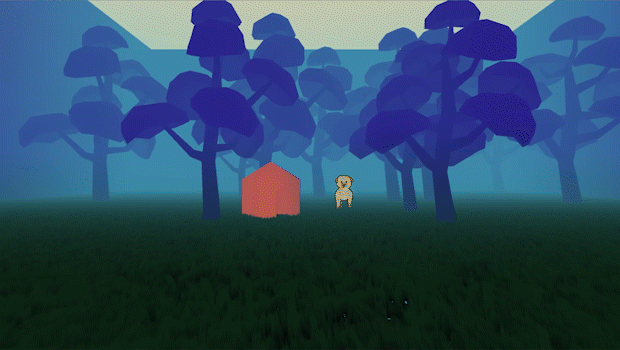The (Re)Generations Touchless database was designed for visitors of Bishop Museum to look through the Sullivan collection of photographs. Louis R. Sullivan was an anthropologist who took many portrait photos of Hawaiʻi residents as a part of a controversial study that attempted to classify race solely through a person's facial features. These photographs were taken between 1920-1921. This database presents the portraits through their connections to place rather than through Sullivan's debunked science.
The interface for the database uses a Leap Motion controller to allow for touchless interactions. This design choice was made to follow health guidelines that Bishop Museum implemented during the Covid-19 pandemic.
Walkthrough of the Touchless Database (sorry for the strange audio, museums are noisy!)
"(Re)Generations: Challenging Scientific Racism in Hawaiʻi explores a collection of photographs and plaster busts created by anthropologist Louis R. Sullivan as a tool to measure and classify the physical traits of a supposedly “pure” Native Hawaiian race. The collection was presented at the Second International Eugenics Conference (1921) with Bishop Museum’s endorsement and support. Measuring, classifying, and categorizing people through “race science” has been used to justify slavery, displacement, colonial occupation, eugenics, and genocide. We know that there is no biological truth to race, and research like Sullivan’s is now long discredited. Yet the myths of race and racial superiority, and the structural inequalities they support, have lasting and traumatic effects.
Though Sullivan’s photographs and busts are tied to a legacy of scientific racism, the collection has become one of Bishop Museum’s primary sources for genealogical research in Hawaiʻi. (Re)Generations aims to celebrate the ways this collection has been reappropriated by Native Hawaiian descendants as a vehicle for (re)discovering ancestors, genealogical connections, and family. Photographs of persons celebrated in the exhibit were selected through collaboration with their living descendants. Photographs and busts are recontextualized outside of Sullivan’s eugenics research through meaningful histories, including the additions of descendant interviews and family heirlooms, which offer a glimpse into these people’s lives and legacies.
Our hope is that this exhibit is not an end in itself, but rather aims to start conversations on how the Museum can better connect with and serve Native Hawaiian communities and stakeholders."
-Quote from Bishop Museum Website
More information about the exhibit at:





